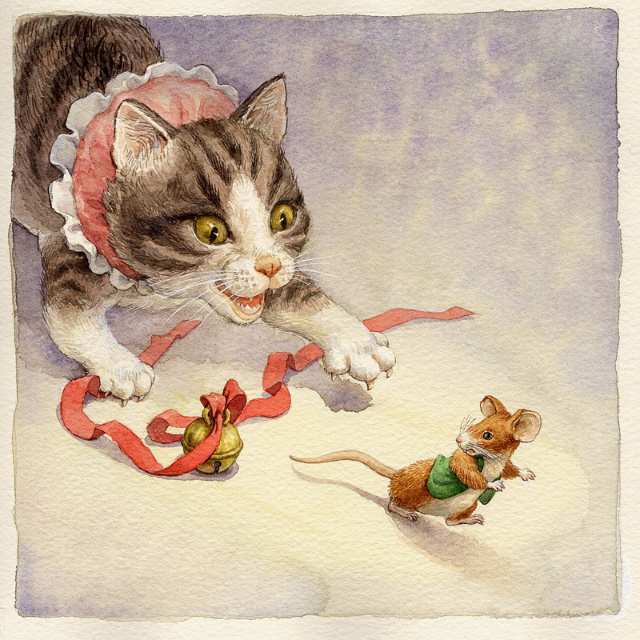The following is a story from a school in Detroit, USA, many years ago. One day during class, the class lost a mouse that was needed for an experiment. The students looked desperately for the mouse, but no one could find it. The teacher then said: “Everyone be quiet, Stevie Morris will be able to find the mouse”.
The students replied: “That’s impossible, Morris will never find the mouse”. The reason being, Morris was blind.
The teacher said: “You’re right. But Morris, while not being able to see, has excellent hearing. He will be able to hear and find the mouse that you cannot see”.
Morris was extremely touched by this comment. He realised that his blindness was not just a disability, but also gave him a superior sense of hearing compared to others. Morris used his hearing to nurture his musical talent and became a successful singer-songwriter. This boy is Stevie Wonder.
Talent is not something grand. At first, it merely appears tiny, useless and infantile. Stevie Wonder only started off as a boy with good hearing; he was not born a genius singer-songwriter. To develop a talent into a real talent, two extra factors are needed. The first is a master, such as Stevie Wonder’s teacher, who can identify and nurture a child’s natural talent. The second is another talent that when combined with the master’s guidance, develops the talent into something great. This something is effort. Effort is a talent that everyone can have. Those who complain that they are talentless are simply people who have not yet put in the effort.





